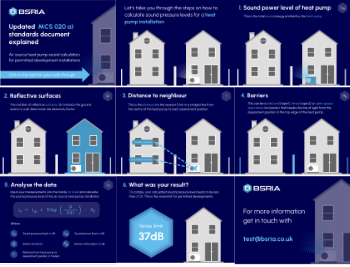Guangzhou Circle
Guangzhou Circle is a landmark building completed in 2013, located on the edge of the Pearl River, Guangdong province, China.
The iconic building was designed by the Italian architect Joseph Di Pasquale as headquarters for Hongda Xingye Group and Guangdong Plastic Exchange. It was intended to serve as a contrast with the stereotypical skyscrapers of the west.
Reaching 138 m, the building has 33 storeys and a total floor area of 85,000 sq. m. It is formed by two rows of blocks that are progressively pushed out to an extreme cantilever of 25 m. This creates a 50 m diameter circular hole in the centre of the building which has almost no architectural comparison anywhere in the world.
The building’s front and rear walls are clad with copper plates, while the curved side walls are formed by a series of glazed rectilinear boxes.
The design concept was inspired by jade discs and the numerological tradition of fengh shui in China. When reflected in the surface of the river, it represents the double disc of jade synonymous with the ancient Chinese dynasty of the area, as well as the number ‘8’, which has a strong resonance in Chinese culture.
[edit] Related articles on Designing Buildings Wiki
- Building of the week series.
- Build operate transfer BOT.
- CCTV Headquarters.
- Fuji TV Building, Tokyo.
- Gate to the East.
- MahaNakhon, Bangkok.
- Manchester Civil Justice Centre.
- Nakagin Capsule Tower.
- Phoenix International Media Center, Beijing.
- Office Center 1000 Kaunas.
- Republic of Kugelmugel.
- Robot Building, Bangkok.
- Teapot building.
- The Atomium.
- Unusual building design of the week.
Featured articles and news
Gregor Harvie argues that AI is state-sanctioned theft of IP.
Heat pumps, vehicle chargers and heating appliances must be sold with smart functionality.
Experimental AI housing target help for councils
Experimental AI could help councils meet housing targets by digitising records.
New-style degrees set for reformed ARB accreditation
Following the ARB Tomorrow's Architects competency outcomes for Architects.
BSRIA Occupant Wellbeing survey BOW
Occupant satisfaction and wellbeing tool inc. physical environment, indoor facilities, functionality and accessibility.
Preserving, waterproofing and decorating buildings.
Many resources for visitors aswell as new features for members.
Using technology to empower communities
The Community data platform; capturing the DNA of a place and fostering participation, for better design.
Heat pump and wind turbine sound calculations for PDRs
MCS publish updated sound calculation standards for permitted development installations.
Homes England creates largest housing-led site in the North
Successful, 34 hectare land acquisition with the residential allocation now completed.
Scottish apprenticeship training proposals
General support although better accountability and transparency is sought.
The history of building regulations
A story of belated action in response to crisis.
Moisture, fire safety and emerging trends in living walls
How wet is your wall?
Current policy explained and newly published consultation by the UK and Welsh Governments.
British architecture 1919–39. Book review.
Conservation of listed prefabs in Moseley.
Energy industry calls for urgent reform.

























